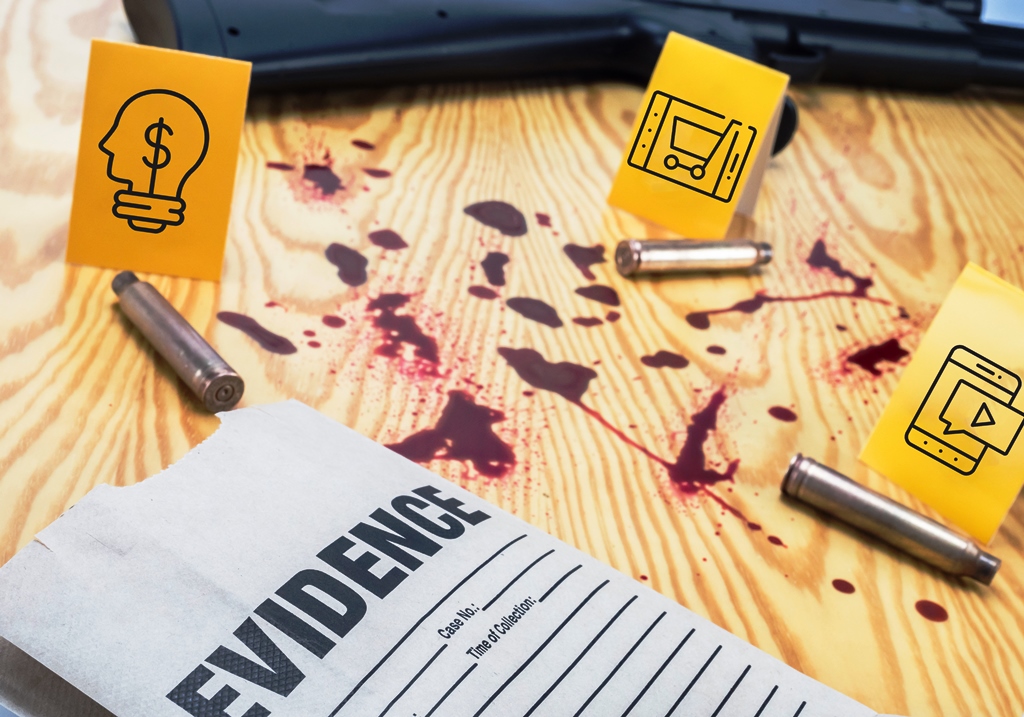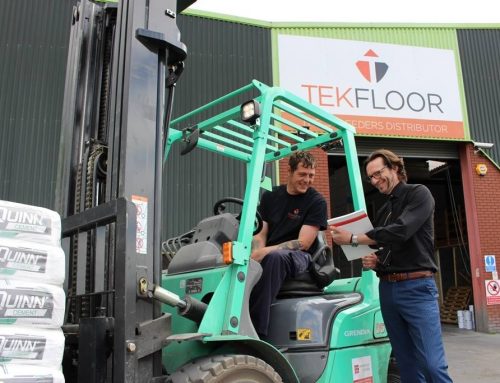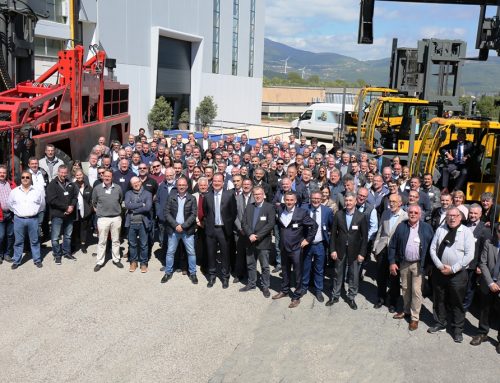Even before the Coronavirus outbreak, many of the UK’s high street properties lay empty. The number of insolvent companies in England and Wales in 2019 hit a 5 year high. What can we learn on the journey from success to failure?
Shortly after the electronics firm, Maplin, went into administration in 2018, over 200 of its high street stores disappeared.
The company blamed a combination of factors – sterling devaluation “post Brexit”, a “weak consumer environment” and the withdrawal of credit insurance – but looming large over the rubble, was a highly efficient, highly competitive killer organisation, Amazon.
Founded in 1976 as a mail order business, Maplin changed hands a number of times but adapted little, and by 2014 had over 2,000 staff and was valued at £85 million. Just four years later, it was another victim of changing consumer behaviour and a costly high street in a brave new online world. The name survives, but having been unable to beat them, it’s not only joined the online sector, it’s even got its own Amazon store.
It’s a familiar story, with e-commerce similarly claiming a number of famous names. Clinton Cards had a 25% market share and 1,000 shops, but it wasn’t enough to compete against rivals Moonpig and Funky Pigeon. Comet’s turnover peaked at £2bn in 2008. In 2011 it was sold for £2.
HMV is also a dramatically reduced business thanks again to Amazon, downloading and music streaming. Rivals Zavvi (once the UK’s biggest independent entertainment retailer) and Game hardly faired much better.
The former sold its last stores to HMV before ceasing trading on the High Street in 2007. The latter had over 600 stores in the 2000s but 277 were closed on a bad day in 2012, resulting in 2,104 job losses. What remained was bought by Sports Direct in 2019 for £52m. It would seem those selling technology had eventually become the victim of it.
Disruptive technology
At its peak in 2004, one famous name had over 60,000 employees and 9,000 shops in 25 countries. It operated in a market worth over $16bn, and had turned down the purchase of a rival for $50 million a few years earlier. That rival, Netflix, not only flourished over the proceeding years, it successfully moved from set top boxes, to DVDs and finally streaming, whilst it’s almost-buyer, Blockbuster, filed for bankruptcy just six years after it’s heyday, in September 2010.
Blockbuster’s 30 year run was somewhat eclipsed by the 100 year dominance of the iconic photography business, Kodak. Well known for its culture of innovation and change, it was largely killed off by a technology that it invented, digital photography. Fearing it would threaten it’s photographic film business, the company sat on the technology for decades, but was still in position to exploit it in the 1990s.
Plans to do so never truly came to fruition, as executives could not imagine a world without traditional film. Consumers gradually switched to the digital offering from companies such as Sony. Two other well known names Polaroid (worth almost £3bn in 1991) and Jessops (founded in 1935, over 1,300 staff at its peak), also struggled with photography’s digitalisation although perhaps both had a bigger enemy in the smartphone.
Too many cooks?
In 1958, caravan manufacturer Sam Alper built and designed the first Little Chef, modelled on diners he had seen in the US. It had 11 seats.
Planned investment and refurbishments were said to have dried up after 1970s owners Trusthouse Forte were taken over by Granada Hospitality.
Granada spun the business off to Compass, who were sold to private equity group Permira, who divested it to The People’s Restaurant Group, who sold it to Rcapital…
“Little Chef is still one of our longest and hardest turnarounds. As the country faced one of the worst economic declines in living memory, we rolled up our sleeves and got on with it. We believed we could make it work and we did…”
Jamie Constable, CEO, Rcapital
…who sold it Kuwaiti-owned Kout Food Group, who still own the name, but sold the property in early 2018, when the last of the Little Chefs resteraunts disappered.
Poor judgement
“Kill complacency before it kills you,” said Apple’s Steve Jobs, the man behind the disruptive iTunes, iPad and iPhone. The mobile phone sector has seen it’s own fair share of business failures, none much bigger than one time market leaders Nokia and Blackberry.
But it was the mobile phone’s inventor and producer of the biggest selling phone of the early 2000s that went on to lose $4.3 billion from 2007 to 2009. Email, photos and apps, meant that despite the success of it’s all conquering ‘Razr’, Motorola lost marketshare and ultimately its handset business was acquired by Chinese-owned, Lenovo.
In the early 80s, two million Commodore 64s were sold every year, giving Commodore International almost 50% of the home computer market. It counted NASA and the Royal Household as customers, but gained a reputation for poorly treating customers and distributors. A number of ill-judged and costly products, plus the fracturing of the market into PCs and consoles, led the company to go bankrupt in 1994.
With 130,000 workers, the inventor of perspex and polythene, and once Britain’s largest exporter, Imperial Chemicals Industries was, for much of its history, the largest manufacturer in Britain.
Poor decision-making led the company to become increasingly risk and eventually decision-averse. Moving into speciality chemicals and selling its commodity chemicals business to INEOS didn’t help. ICI’s earnings continued to fall and the company was eventually sold to Dutch company AkzoNobel in January 2008, who now own its most famous invention, Dulux paints.
In December 2017, Toys R Us said that “warehouse-style stores” from the 1980s and 1990s were “too big and expensive to run in the current retail environment”. 26 closed immediately, administration soon followed, as did Irish, family-owned Smyths Toys.
Smyths operates over 100 shops throughout Ireland and the UK and bought the Toys R Us business, another 93 stores, in Germany, Austria and Switzerland for €79 million. Try telling the Smyth family that warehouses don’t work. It’s currently building a new €40 million, 50,000 sq m distribution facility in northern Germany.
The biggest loser
Perhaps the mostly keenly felt failure of all happened over a decade ago. Woolies. A staple of the High Street, at its height 800 shops dotted the nation. Its closure in 2009 left 27,000 people unemployed. The financial crash and online retailers were blamed, but later complacency, unsure management and the rise of the pound shop, rather than the fall of the pound, were thought to be the critcal factors.
In 2009 there were roughly 200 pound shops, by 2018, that number has mushroomed to around 1200, not to mention value retailers such as Home Bargains and B&M. “They were selling everything,” said one retail expert, “but Woolworths just thought, ‘we’re fine, we’ll just stick by what we do’. They didn’t adapt.”



